Text
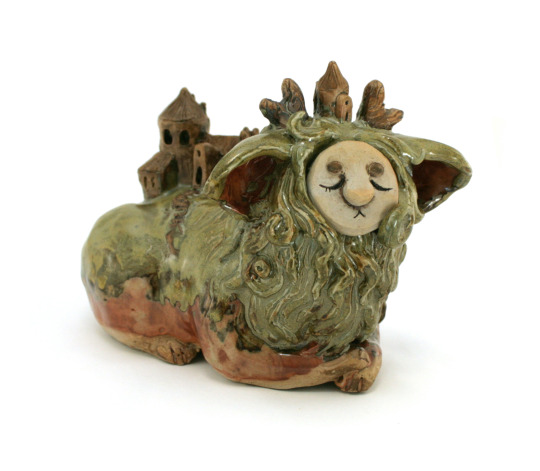
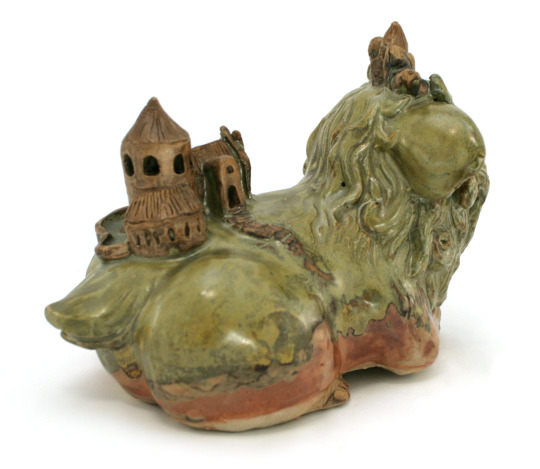

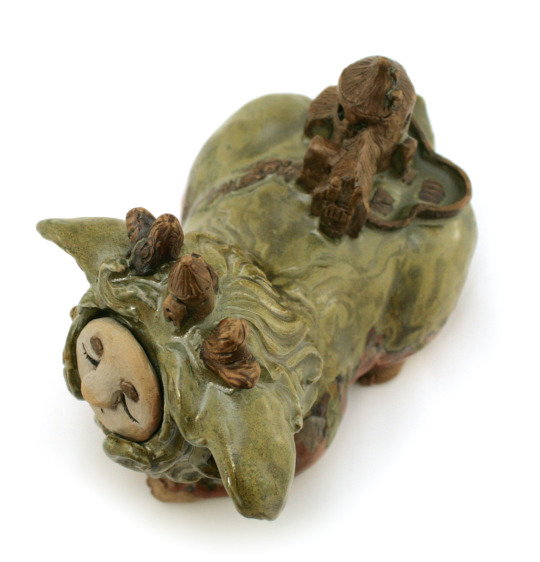

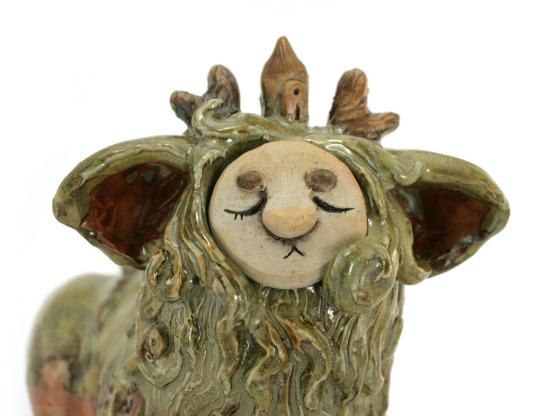
A commission with prompts including "beast," "gentle + cozy + taciturn + ancient," and "will go on a bookshelf to care for and protect the books"
890 notes
·
View notes
Text
This is Maggie's worm collection

She loves her worms more than any other toy. She plays with them loads and carries them around the house


At night the worms have to go in a box so that she doesn't wake me up playing with them. So every evening before bed I gather up the worms, put them in their box and have Maggie say goodnight to them.
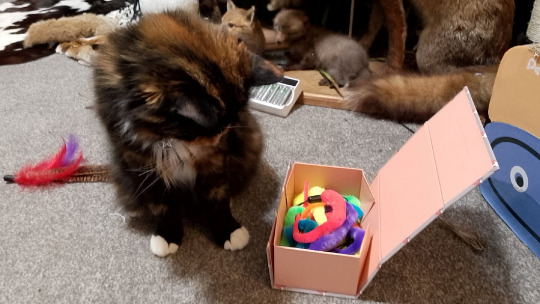
Night night worms!
8K notes
·
View notes
Text
One thing that's vitally important to remember is that feeling ''weirded out'' is not a form of harm. It is a completely normal part of socializing. It is the feeling of encountering something unfamiliar. In order to be a kind person, you must learn to how to distinguish between "harmful" and "weird." And then you must accept the weird.
#post tags#(@gardenvarietyfae reblogged and added ''this must go hand in hand with being able to leave'“)#important in an interpersonal situation.
80K notes
·
View notes
Text



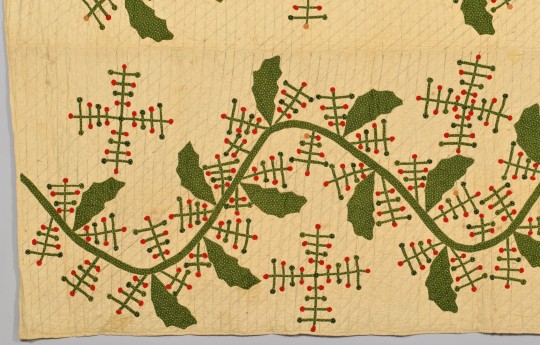
Totally delighted by these unusual applique quilts
140 notes
·
View notes
Text
download killing upload pain. instant thousand deaths to brain. motherboard on murder spree. blood computer victory.
67K notes
·
View notes
Text
my friends are so cringe. with their “feelings” and such.
468 notes
·
View notes
Text
As with the horse poll, please regard these options as sliders. The extent to which each one deviates from 1/6th of the total will determine the amount that canine aspect deviates from the "average."
I will draw the dog we make. :)
2K notes
·
View notes
Text
The version of you right now is deserving of love. Not you two years ago when you had more of your shit together, or the five years later version where you’ll surely be thriving. The version of you right now. The one that might just be okay, or is really struggling, or is bored and unproductive. That version deserves love. Having trouble accepting this is fine, but actively denying it is not. Your value is intrinsic, and finding confidence in that is mandatory.
194K notes
·
View notes
Photo

Customer: YOU FOOL
DMV: CONFRONTATIONAL
Verdict: DENIED
8K notes
·
View notes
Photo

An embroidered masterpiece by Tzip Dagan, it’s done in several stages, some related to a very sad event in Tzip’s life, others - to strength, survival and optimism.
4K notes
·
View notes
Text
this girl at uni was dressed sooo gay and then i found out she's just straight with a lesbian mom. dykebaiting is not a victimless crime 😔
62K notes
·
View notes
Text
Aging is hot. Gray hairs are hot. Smile lines are hot. Get with it.
103K notes
·
View notes
Text
I regularly have dreams I refer to as "Big Luca Dreams", wherein my dog Luca is very big. They are my favorite dreams.
This is how big Luca is in the Big Luca Dreams
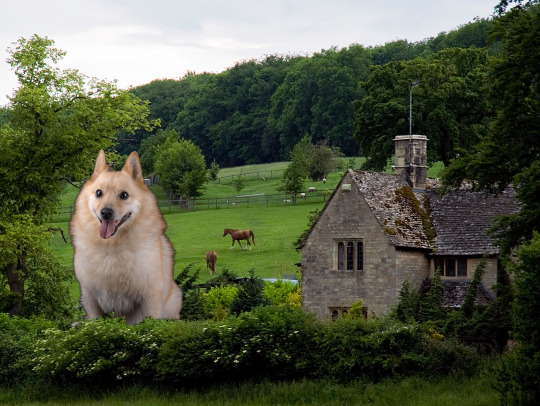
6K notes
·
View notes
Text
First you procrastinate on the task because it is not a big enough deal to get done urgently. Then you procrastinate on the task because it has become such a big deal that doing it is overwhelming. You would think that this implies a middle point where it is just big enough of a deal to get done easily, however the inherent perversity of the universe's causal geometry prevents this
8K notes
·
View notes
Link

Hugh Mangum’s portrait subjects don’t seem afraid of his camera. Some gaze out with naked directness; others smile, laugh, and vogue, peering coyly from behind hats or newspapers. Walking around the Nasher exhibit, I found it difficult to look away. Mangum’s photographs, taken between 1897 and 1922, compose a broad yet intimate survey of society at the time, cutting across race, class, and gender lines. They feel startlingly alive and contemporary, as if a wall between past and present had splintered. At a time when photography had a reputation for being a stiff, solemn medium governed by strict social codes, Mangum’s unorthodox eye and practice captured a remarkable, seldom-seen side of life in the Jim Crow South.
When he died in 1922, Mangum was relatively unknown. A lanky white man with a wild, sloping mustache, he ran a portraiture operation as rakish as his grooming. He traveled between towns reachable by rail from Durham, setting up cheap portrait studios that he advertised with the slogan “All Kinds of Pictures.” A prolific photographer, he saved many of his glass-plate negatives, but he rarely dated or labeled them. At the time of his death, his box of negatives — almost one thousand in total — were left in his family’s tobacco barn in Durham, where he had maintained a small darkroom.
The pictures would remain there for almost fifty years, buried beneath junk, dirt, and chicken shit. Developers bought the homestead in the 1970s with the intention of building condominiums; the bulldozers were already on the property when conservation efforts championed by the activist Margaret Nygard saved the property, and the pictures on it, from being destroyed.
Many of the pictures were moved to the Duke Special Collections Library, where they were scanned and made digitally available; now, they are gaining a wider audience, thanks to Where We Find Ourselves: The Photographs of Hugh Mangum, 1897–1922, an exhibit of Mangum’s photographs on view at the Nasher through May 19, and two new books celebrating them. Where We Find Ourselves, an accompanying catalog by Margaret Sartor and Alex Harris, who also curated the Nasher exhibit, was released in February; Photos Day or Night: The Archive of Hugh Mangum, by Sarah Stacke, was released in January.
The oldest of five children, Mangum was born in 1877, less than a decade after Durham was incorporated. Farming and factory work were the most obvious career routes, but, from an early age, Mangum preferred the visual arts. After studying art at Salem College in Winston-Salem, he taught himself photography and set up a studio in downtown Durham. Soon, however, he grew restless and took to traveling by rail through North Carolina and Virginia, setting up makeshift studios. While he would often return to Durham to visit his family, who lived along the Eno River in the McCown House (now preserved as part of the West Point on the Eno), his travels brought him into close proximity with a broad, diverse range of clientele. His massive traveling trunk, which now resides in a museum in the barn where his negatives were discovered, catalogs, in faint, unruly pencil, the many small towns he passed through.
While on the road, Mangum used a Penny Picture camera, which could take multiple exposures and allowed him to efficiently record between six and twenty-four images on a single glass plate negative. These negatives form a fascinating side-by-side record of everyone who walked into his studio, suggesting that it was not segregated, as other businesses of the time would have been. (Mangum took his first Penny Picture only a year before the Wilmington Race Riots, an incident that ushered in a violent new era of segregation and affirmed the grip of white supremacy on the state.) Many of Mangum’s subjects would have been born prior to emancipation. In researching the archive, one of the portraits that struck Sartor the most was a steely, guarded Cornelia Smith Fitzgerald, the grandmother of activist Pauli Murray, who was born in slavery.
While some public figures can be identified — Washington Duke, for instance — the majority of the pictures are of unidentified working-class people who would have saved up for a photograph, and for whom being photographed was a significant occasion. The contemporary challenge is how to be seen among countless pictures, but historical portraiture faced a steeper one: that of accurately representing a subject’s humanity in a rare — sometimes even once-in-a-lifetime — portrait. It is telling that, in the 1900 U.S. Census, rather than listing his occupation as a photographer, Mangum put down “artist.”
“He was a genuinely very serious, very talented artist. Making a portrait is really hard,” Sartor says. “He wasn’t working in a studio setting where the light was always something he could define the way he wanted to. He’s working a new situation every time he sets up his camera.”
The pictures at the Nasher are disarming for many reasons, but their candid quality is one of the strongest — the group shots, in particular, have the spontaneous quality of a photo booth at a bar. Girls clasp each other joyfully, clowning and intimate; one woman poses on a bike, a man poses with a guitar. Animals are included in many of the portraits, and in one strip, wedged between single shots of solemn looking men, a golden retriever poses, its tongue lolling patiently.
Time and serendipity have also played a radical hand in this archive. Because the pictures were stored in less-than-ideal conditions — a moldering tobacco barn by a river — they crack and speckle with emulsion, ghostly effects that somehow seem to reinforce the historical pathos of the images rather than mar it. These scars are preserved in the exhibit, and to see them blown up underscores the magic of these pictures’ survival. In some of the negatives, the panels have fused, giving the effect of subjects creeping from frame to frame.
“It appears almost as if people are sitting together, when in fact, he’s photographed them separately,” Harris says. “In his work, these worlds merge in a beautiful way.”
Some pictures are double exposed; in one of the most compelling portraits, a young white woman and a young black woman are overlaid, their gazes direct and uncompromising. A trained hypnotist, Mangum seemed to have a hypnotic gift for making his subjects feel both candid and seen, and his archive has just as hypnotic a grip on the present. In one picture, a baby stares out warily from her bassinet as a hand reaches into the frame to steady her. This is indicative of Mangum’s general approach to photography, letting life intervene, with results that are by turns lively, emotional, a little mysterious, and deeply humane.
“We could have done an edit where, in every picture, Mangum has made people comfortable, they’re laughing or responding to him,” Harris says, “[But] we found ourselves drawn to pictures where it’s not about Mangum’s presence. It’s about an atmosphere that’s created where the person kind of goes inside. You have some kind of sense of this interior light, interior thought. We were haunted by these.”
Where We Find Ourselves: The Photographs of Hugh Mangum, 1897–1922
Through Sunday, May 19
Nasher Museum of Art, Durham
283 notes
·
View notes